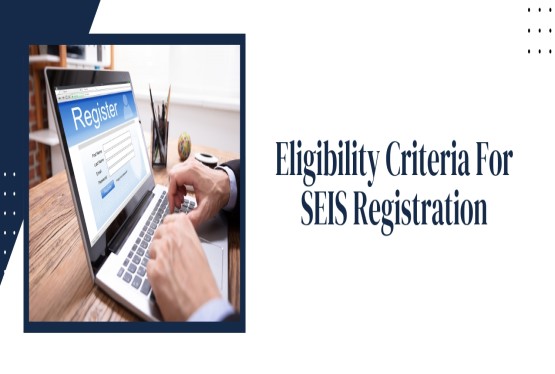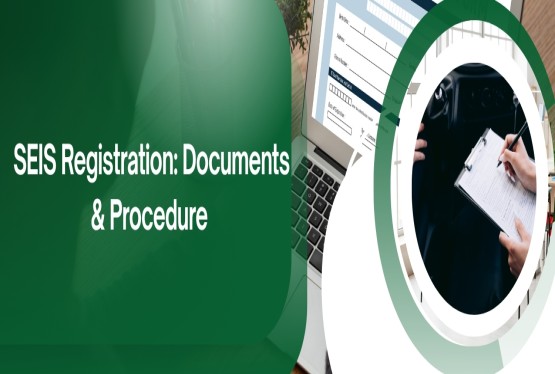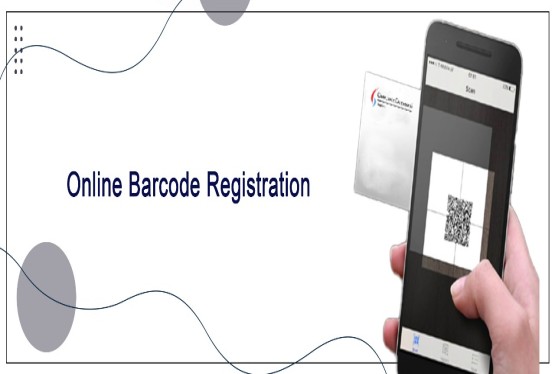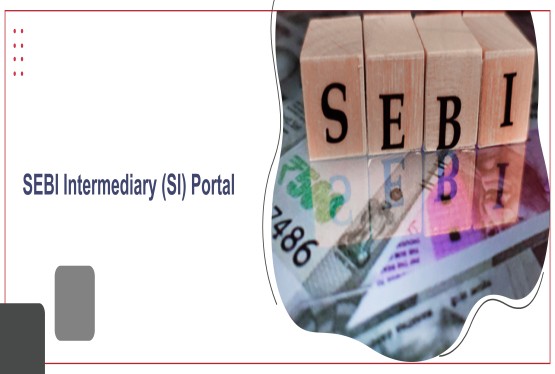As cross-border e-commerce continues to grow rapidly, Indian sellers are increasingly exploring opportunities to sell their products internationally through global platforms such as Amazon Global Selling, Flipkart Global, and others. With this shift in international business, one requirement under Indian regulations is the registration of the AD Code. This 14-digit code is essential for receiving foreign remittances from exports and must be registered with Indian Customs at the respective ports of shipment. In this detailed article, we will discuss what the Ad Code is, why it is mandatory for Amazon Global Sellers and e-commerce exporters, who requires it, how to obtain it, and how to associate it with your export shipments. We will also look at the benefits of registering the Ad Code, the problems one can face without it, and the best practices for seamless e-commerce export operations.
Why is Ad Code for Amazon Important?
The Ad Code for Amazon Global Sellers and E-commerce Exporters is a vital element in the export process. For Indian businesses exporting via Amazon’s international platforms such as Amazon.com (US), Amazon.co.uk (UK), Amazon.ca (Canada), and others, the sales revenue is received in foreign currency. These remittances are processed through Amazon’s payment gateways and ultimately reach the seller's Indian bank account.
However, in the absence of an Ad Code, Indian Customs cannot validate your export transactions. This lack of validation can lead to several problems, such as delays in shipping, rejection of export shipping bills, difficulties in tracking the inward remittances, and non-compliance with the Reserve Bank of India (RBI) and Directorate General of Foreign Trade (DGFT) rules. Therefore, registering an Ad Code at the port of export is mandatory for ensuring smooth operations and regulatory compliance.
Who Requires an Ad Code?
The Ad Code is not only required by large exporters but is equally important for new-age sellers who operate through online platforms. The following entities must register an Ad Code:
-
Amazon Global Sellers based in India who ship products to international customers
-
Flipkart or Walmart Global Sellers engaging in cross-border trade
-
Shopify, Etsy, and other e-commerce sellers exporting products abroad
-
Traditional exporters who ship goods to foreign countries
-
Freelancers or service providers receiving foreign currency through PayPal or international wire transfers
All of these sellers and service providers must comply with RBI and DGFT guidelines and register their Ad Code to legally receive foreign remittances.
How to Obtain Ad Code for Amazon Sellers?
Obtaining the Ad Code for Amazon Global Sellers and E-commerce Exporters involves a few simple but crucial steps. The process involves coordination between the seller’s bank and Indian Customs.
Step 1: Open a Current Account with a Bank Authorized for Foreign Exchange The first step is to ensure that you have a current account with a bank authorized by the Reserve Bank of India to deal in foreign exchange. These banks are categorized as Authorized Dealer Category-I Banks. Some examples include State Bank of India (SBI), ICICI Bank, HDFC Bank, and Axis Bank.
Without an account in such a bank, you cannot apply for an Ad Code. Your current account will be the destination for your export proceeds in foreign currency.
Step 2: Request the AD Code from Your Bank After ensuring your account is with an authorized bank, you need to submit a formal request to the branch manager for the issuance of an Ad Code. This request must be supported by key documents including:
-
IEC (Importer Exporter Code) Certificate issued by DGFT
-
Permanent Account Number (PAN) of the business entity
-
GST Registration Certificate
-
Proof of the business address, such as a utility bill or rental agreement
-
Details of the exporter’s bank account such as account number and IFSC code
The bank will process your request and issue a 14-digit AD Code on its official letterhead. This code is unique and used for export transactions only.
Step 3: Register the Ad Code with Customs (ICEGATE Portal) Once the AD Code has been issued by your bank, the next step is to register it with Indian Customs. This registration is port-specific and must be done at each port from where shipments are dispatched.
You need to go to the ICEGATE (Indian Customs EDI Gateway) portal and log in using your credentials. After logging in, follow the process to submit the request for Ad Code registration. You will be required to upload scanned copies of:
-
The AD Code letter issued by your bank
-
IEC Certificate
-
GST Registration Certificate
-
PAN card of the business
-
Authorization letter if the person uploading is not the proprietor or a director
Once submitted, the request is reviewed and upon approval, the Ad Code gets registered at that particular port. This process is generally completed within 3 to 7 working days.
Step 4: Associate Ad Code with Your Amazon Seller Account (Optional but Recommended) Though Amazon does not currently ask you to provide the AD Code directly on their Seller Central platform, it is highly recommended to maintain this information. This ensures easy customs documentation, accurate GST reconciliation, and eligibility to claim government benefits under schemes like RODTEP (Remission of Duties and Taxes on Exported Products).
Maintaining your Ad Code record with your Amazon seller documents also helps in the event of a regulatory inspection or audit.
Advantages of AD Code Registration for Amazon Global Sellers and E-commerce Exporters
There are several advantages for Amazon Global Sellers and E-commerce Exporters when they register their Ad Code:
-
Ease in Customs Clearance: The AD Code is mandatory for generating export shipping bills on the ICEGATE portal. Without this shipping bill, your goods cannot legally leave the country.
-
RBI Compliance: Registering the AD Code ensures that you comply with the Foreign Exchange Management Act (FEMA) and RBI guidelines for receiving foreign remittances.
-
Foreign Remittance Tracking: Once your Ad Code is registered, you can track payments from Amazon and other overseas platforms using tools like the Foreign Inward Remittance Certificate (FIRC).
-
Eligibility for Export Incentives: Having a registered Ad Code enables you to claim benefits under export promotion schemes like RODTEP, GST refund schemes, and customs duty exemptions.
-
Proof of Exports: If your accounts are scrutinized during an income tax audit, the Ad Code registration and shipping bills serve as valid proof of export transactions.
Challenges Without Ad Code
If you attempt to export goods without registering an Ad Code, you could face serious operational and legal challenges. Some of the issues include:
-
Blocked or delayed shipments due to non-issuance of shipping bills
-
Inability to receive payments in foreign currency through legal banking channels
-
Risk of non-compliance with RBI and DGFT regulations
-
Disqualification from government export schemes and benefits
-
Difficulty in claiming GST refunds for export sales
Thus, to avoid these hassles, Amazon Global Sellers and E-commerce Exporters must prioritize AD Code registration.
Amazon Best Practices for Global Sellers
For sellers planning to scale internationally through Amazon, adhering to best practices is important. Some of the most recommended practices include:
-
Always ship from ports where your Ad Code is already registered with customs
-
Maintain consistency in your IEC, GST, and Amazon Seller Central details
-
If you ship from more than one port, ensure separate registration of Ad Code at each port
-
Keep your IEC, GST, and bank records up-to-date and valid
-
Track all export payments received via Amazon using FIRCs issued by your bank
Conclusion
For any Indian seller aiming to expand internationally via Amazon or any other global e-commerce platform, registering the Ad Code is not just a regulatory formality but a business necessity. The Ad Code enables receipt of foreign remittances, customs clearance, and access to government incentives.
With the rise of global digital marketplaces, Ad Code registration has become a digital-first, streamlined process empowering small and medium enterprises (SMEs), startups, and new entrepreneurs to participate in international trade effectively. By securing your Ad Code, you can unlock smoother, compliant, and profitable e-commerce exports from India.
For any support reach out to Compliance Calendar LLP Experts through:
Email: info@ccoffice.in
Call/Whatsapp at: +91 9988424211
FAQs
Q1. What is Amazon’s Ad Code and why do I need it?
Ans. The Ad Code is a 14-digit number issued by your authorized bank that allows export proceeds in foreign currency to be credited to your account. It is required to create shipping bills and is essential for regulatory compliance and tracking of export payments.
Q2. How can I register my Ad Code for e-commerce exports?
Ans. You need to request an Ad Code from your bank and then register it with customs through the ICEGATE portal. Submit necessary documents such as your IEC certificate, bank letter with the AD Code, GST certificate, and PAN.
Q3. Can I sell on Amazon without an Ad Code?
Ans. While you can list and manage your store on Amazon Global Selling, you cannot legally ship products or receive foreign remittances in India without registering your Ad Code with customs.
Q4. Do I need to register an Ad Code at each shipping port I export from?
Ans. Yes, Ad Code registration is port-specific. If you plan to export from multiple ports or airports, each one must be registered separately with customs.
Q5. How long does it take to register Ad Code?
Ans. The Ad Code registration usually takes around 3 to 7 business days depending on the port and document accuracy. Ensure all documents are correct to avoid delays.












_crop10_thumb.jpg)





_crop10_thumb.jpg)




























-Form_crop10_thumb.jpg)

_crop10_thumb.jpg)























_learn_crop10_thumb.jpeg)
































_crop10_thumb.jpg)

_crop10_thumb.jpg)





















_crop10_thumb.jpg)







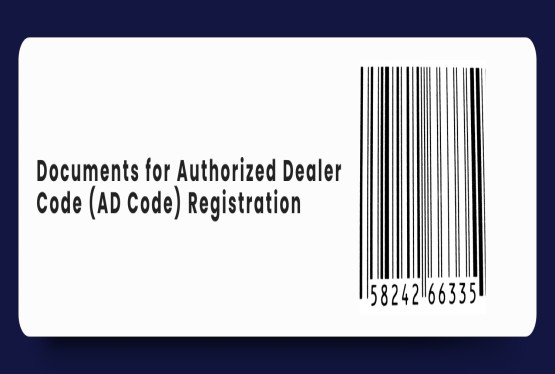







_for_Foreign_Directors_learn_crop10_thumb.jpeg)




_Act,_2015_learn_crop10_thumb.jpg)


































_learn_crop10_thumb.jpg)


